Home>Articles>How Much Does It Cost To Remove Insulation From An Attic
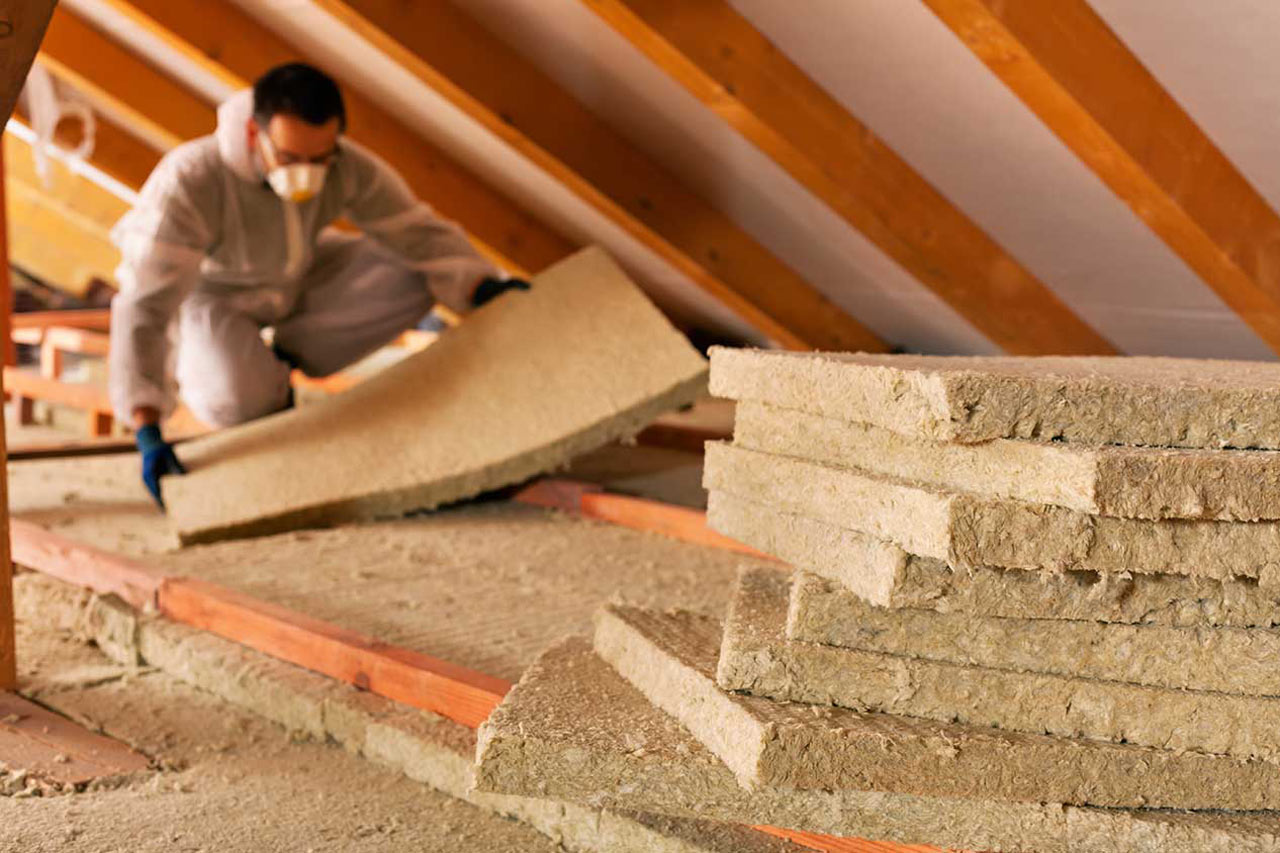

Articles
How Much Does It Cost To Remove Insulation From An Attic
Modified: October 18, 2024
Discover the average cost of removing insulation from an attic in this informative articles. Find out how to save money on this essential home improvement project.
(Many of the links in this article redirect to a specific reviewed product. Your purchase of these products through affiliate links helps to generate commission for Storables.com, at no extra cost. Learn more)
Introduction
Welcome to our comprehensive guide on the cost of removing insulation from an attic. If you’re considering this project, it’s important to understand the factors that affect the cost, the different types of insulation commonly found in attics, the various removal methods, and whether it’s better to tackle the task yourself or hire professionals.
Attic insulation removal may be necessary for a variety of reasons. Perhaps your current insulation is old, damaged, or contaminated. Maybe you’re looking to upgrade to a more efficient insulation material. Whatever the reason, it’s important to have a clear understanding of the associated costs before diving into the project.
Before we delve into the specifics, let’s explore some of the factors that can impact the cost of attic insulation removal.
Key Takeaways:
- Understanding the factors affecting the cost of attic insulation removal, the different insulation types, and potential additional costs is crucial for making informed decisions and planning an effective project.
- While DIY attic insulation removal can save money, hiring professionals offers expertise, efficiency, and safety benefits that can outweigh upfront costs in terms of time, convenience, and quality results.
Factors Affecting the Cost of Attic Insulation Removal
Several factors can influence the cost of attic insulation removal. Understanding these factors will help you estimate the total expense more accurately and plan your budget accordingly. Here are some of the key factors to consider:
- Insulation Type: The type of insulation in your attic plays a significant role in the cost of removal. Common types include fiberglass, cellulose, spray foam, and mineral wool. Each material requires a different approach, and some may be more difficult or time-consuming to remove than others.
- Attic Size: The size of your attic affects the overall cost. Larger attics require more time and effort to remove insulation, which can increase labor costs.
- Accessibility: The accessibility of your attic can impact the cost. If your attic has a small entryway or is located in a hard-to-reach area, contractors may need to take extra steps to access the insulation, potentially increasing the cost.
- Contamination: If your insulation has been contaminated by mold, pests, or other hazardous materials, additional measures may be required to safely remove it. Dealing with contaminated insulation usually incurs extra costs.
- Obstacles and Hazards: Obstacles in your attic, such as ductwork, wiring, or other structural elements, can hinder the removal process, potentially increasing the cost. Hazards, such as asbestos-containing insulation, require special handling and disposal, which can significantly impact the overall cost.
It’s crucial to assess these factors before starting the project to avoid any unpleasant surprises along the way. Consulting with insulation removal professionals can help you get a more accurate estimate based on your specific circumstances.
Types of Attic Insulation
Attic insulation comes in various forms, each with its own advantages and considerations. Understanding the different types can help you determine which insulation was used in your attic and how it should be properly removed. Here are some commonly found types of attic insulation:
- Fiberglass Insulation: Fiberglass insulation is made up of small glass fibers and is one of the most common types found in attics. It is available in batts (pre-cut sections) or loose-fill form (blown-in). Fiberglass insulation is relatively easy to remove, as it can be pulled out or vacuumed up.
- Cellulose Insulation: Cellulose insulation is made from recycled materials, such as shredded paper or cardboard, treated with fire retardants. It is commonly blown into attics and offers good thermal performance. Cellulose insulation can be more challenging to remove due to its compacted nature, but professionals have equipment to efficiently extract it.
- Spray Foam Insulation: Spray foam insulation is a two-component mixture that expands and hardens. It provides excellent air sealing properties and can be used to fill gaps and cracks. Removing spray foam insulation can be labor-intensive and may involve cutting away any excess before extraction.
- Mineral Wool Insulation: Mineral wool, also known as rock wool or slag wool, is made from natural or recycled materials. It is commonly found in batt or loose-fill form. Mineral wool insulation can be removed by pulling it out or vacuuming it, although loose-fill mineral wool may require specialized vacuum equipment.
Identifying the type of insulation in your attic is essential, as it can impact the removal process and costs. If you’re unsure about the insulation type, consulting a professional insulation contractor can help you determine the best course of action.
Insulation Removal Methods
When it comes to removing insulation from your attic, there are a few different methods that can be used. The method chosen will depend on factors such as the type of insulation, the accessibility of the attic, and the extent of removal required. Here are some common insulation removal methods:
- Hand Removal: This method involves manually removing the insulation by hand. It is often used for fiberglass or mineral wool batt insulation. The process involves wearing protective gear, such as gloves and a respirator, and carefully pulling out the insulation from the attic.
- Vacuum Extraction: Vacuum extraction is commonly used for loose-fill insulation, such as cellulose or fiberglass. A high-powered vacuum is used to suction the insulation from the attic into a collection bag or container. This method is efficient and minimizes the spread of insulation particles throughout the home.
- Mechanical Extraction: For larger attics or extensive insulation removal, mechanical extraction methods may be used. This involves using specialized equipment, such as insulation removal machines or trucks, that can quickly and efficiently remove large quantities of insulation.
- Abrasive Cleaning: In some cases, if the attic has been contaminated with mold or pests, abrasive cleaning methods may be necessary. This involves removing the insulation and then cleaning the attic surfaces with abrasive brushes or blasting media to remove any remaining contaminants.
It’s important to note that insulation removal can create a significant amount of dust and debris. Taking proper precautions, such as sealing off the attic and using protective gear, can help minimize the impact on your living spaces. Additionally, hiring insulation removal professionals who are experienced in the chosen method can ensure a safe and effective removal process.
Cost Breakdown of Attic Insulation Removal
The cost of attic insulation removal can vary depending on several factors, including the size of the attic, the type of insulation, the accessibility, and any additional services required. Here’s a breakdown of the potential costs involved:
- Labor Costs: One of the most significant expenses is the cost of labor. Hiring professionals to remove attic insulation can range from $1,000 to $3,000 or more, depending on the size of the attic and the difficulty of the job. Factors such as the insulation type and the presence of contaminants can also affect labor costs.
- Disposal Costs: Proper disposal of the removed insulation is necessary. This may involve additional fees, especially if the insulation is contaminated or contains hazardous materials like asbestos. Discuss disposal costs with the insulation removal company upfront, as it can vary based on your location and the type of insulation.
- Equipment Rental: If you decide to tackle the insulation removal yourself, you may need to rent specialized equipment such as insulation removal machines or vacuum devices. Equipment rental costs can range from $100 to $300 per day, depending on the rental duration and the type of equipment required.
- Additional Services: Depending on the circumstances, you may need to factor in additional services. For example, if your attic has mold or pest infestations, you may require remediation services, which can add to the overall cost. It’s important to discuss any additional services with the insulation removal company and get a clear understanding of the associated costs.
Keep in mind that the costs mentioned above are estimates and can vary based on various factors specific to your project. It’s recommended to obtain multiple quotes from different insulation removal companies to compare prices and services offered. By doing so, you can ensure you receive a fair and accurate estimate for your attic insulation removal project.
DIY Attic Insulation Removal vs. Hiring Professionals
When it comes to attic insulation removal, you may be tempted to save money by tackling the project yourself. While DIY removal is a viable option for some homeowners, it’s important to carefully consider the pros and cons before making a decision. Here’s a comparison between DIY and hiring professionals for attic insulation removal:
DIY Attic Insulation Removal:
- Cost Savings: One of the main advantages of DIY removal is the potential cost savings. By doing the work yourself, you can avoid paying for professional labor costs. However, it’s important to consider additional expenses such as equipment rental and proper disposal.
- Flexibility: With a DIY approach, you have the flexibility to work at your own pace and on your schedule. This can be advantageous if you have the time and energy to devote to the project.
- Learning Opportunity: DIY projects provide an excellent opportunity to learn new skills and gain hands-on experience. Removing attic insulation yourself can be a rewarding and educational experience if you’re willing to put in the effort to research and understand the process.
Hiring Professionals:
- Expertise and Efficiency: Insulation removal professionals have the knowledge, experience, and specialized equipment to efficiently and safely remove insulation from your attic. They know how to navigate potential challenges and ensure a thorough removal process.
- Time and Convenience: Hiring professionals saves you time and energy. They can complete the job more quickly and efficiently than if you were to do it yourself. Additionally, professionals can handle all aspects of the project, including disposal, saving you the hassle of coordinating those logistics.
- Safety and Minimized Risk: Attic insulation removal can be a physically demanding and potentially hazardous task. Professionals are trained in safety protocols and have the proper protective equipment to minimize risks associated with insulation removal, particularly in cases where mold, pests, or asbestos are present.
Ultimately, the decision between DIY attic insulation removal and hiring professionals depends on your comfort level, budget, and the complexity of the project. It’s essential to honestly assess your skills, time availability, and willingness to learn before embarking on a DIY approach. If you have any concerns or are unsure about the project’s scope, it’s recommended to consult with insulation removal professionals for guidance and an accurate assessment of the job.
Before removing insulation from your attic, consider the type of insulation, the size of the space, and any potential hazards like asbestos. Get quotes from professionals to ensure a safe and cost-effective removal process.
Potential Additional Costs
When budgeting for attic insulation removal, it’s important to consider potential additional costs that may arise during the project. These costs can vary depending on the specific circumstances of your attic and the condition of the insulation. Here are some potential additional costs to keep in mind:
- Insulation Replacement: After removing the old insulation, you may need to budget for insulation replacement. The cost of new insulation will depend on the type and quantity required for your attic. It’s recommended to discuss insulation replacement options with insulation contractors to get an estimate of the associated costs.
- Mold Remediation: If your attic has been affected by mold growth due to moisture issues or leaks, you may need mold remediation services. Mold removal and remediation costs can vary depending on the extent of the mold growth and the necessary cleanup measures. It’s crucial to address mold issues promptly to prevent further damage and potential health risks.
- Pest Control: If your attic has been infested with pests, such as rodents or insects, additional costs may be incurred for pest control services. Professional pest control experts can assess the situation, safely remove any pests, and implement preventive measures to avoid future infestations.
- Asbestos Abatement: If your attic insulation contains asbestos, specialized asbestos abatement professionals must be hired to handle its removal. Asbestos removal is a highly regulated and potentially hazardous process, and the costs can be significant. It’s crucial to consult with asbestos abatement specialists and obtain accurate cost estimates if there is a suspicion of asbestos-containing insulation.
- Structural Repairs: In some cases, during the insulation removal process, underlying structural issues may be discovered. If damage or deterioration is found, it may be necessary to carry out repairs before installing new insulation. The cost of structural repairs will depend on the extent of the damage and the specific repairs needed.
It’s important to conduct a thorough inspection of your attic and consult with insulation removal professionals to identify and account for any potential additional costs. By being aware of potential expenses, you can accurately budget for the entire project and avoid unexpected financial surprises along the way.
Tips for Saving Money on Attic Insulation Removal
Attic insulation removal can be a significant investment, so it’s natural to look for ways to save money without compromising the quality of the work. Here are some tips for reducing costs on attic insulation removal:
- Comparison Shop: Obtain multiple quotes from different insulation removal companies to compare prices and services offered. This will help you find the best balance between cost and quality.
- Bundle Services: If you have other home improvement projects planned, consider bundling them with attic insulation removal. Some contractors offer discounts when multiple services are booked together.
- DIY Preparation: Before professionals arrive, you can save money by preparing the attic for insulation removal yourself. This may involve decluttering the space, creating a clear pathway for workers, and ensuring easy access to the attic.
- Dispose of Insulation Responsibly: Proper disposal of the removed insulation is crucial. Check if your local waste management facility offers special disposal services for insulation. This can help you avoid additional disposal fees charged by contractors.
- Consider Reusing or Recycling: If the removed insulation is in good condition, you may be able to reuse or repurpose it in other areas of your home or even donate it to someone in need. Recycling options may also be available in your area.
- Optimize Insulation Levels: Before replacing the insulation, consider consulting an energy auditor or insulation professional to ensure that the new insulation is installed at the appropriate levels for your region. Proper insulation levels can help optimize energy efficiency and reduce long-term heating and cooling costs.
- Explore Financing Options: If the upfront cost of attic insulation removal is a concern, research financing options that may be available to you. Some programs and lenders offer loans or incentives for energy-efficient home improvements like insulation upgrades.
- Regular Maintenance: To avoid future insulation issues, practice regular maintenance in your attic. Keep an eye out for signs of moisture, pests, or mold, and address any problems promptly to prevent costly repairs and additional insulation removal in the future.
By implementing these tips, you can make attic insulation removal more cost-effective while ensuring a quality result. Remember, it’s essential to strike a balance between cost savings and the expertise and services provided by professionals to achieve the best long-term value for your investment.
Conclusion
Attic insulation removal is an important task that may be necessary for various reasons, such as replacing old or damaged insulation, upgrading to more efficient materials, or addressing contamination issues. Understanding the factors affecting the cost of attic insulation removal, the different insulation types, the various removal methods, and the potential additional costs can help you make informed decisions and plan your project effectively.
While DIY attic insulation removal can save you money, it’s important to carefully assess your skills, available time, and the complexity of the project before undertaking it yourself. Hiring professionals offers the benefits of expertise, efficiency, and safety, which can outweigh the upfront costs in terms of time, convenience, and quality results.
When budgeting for attic insulation removal, consider potential additional costs, such as insulation replacement, mold remediation, pest control, asbestos abatement, and structural repairs. Consulting multiple insulation removal companies and comparing quotes can help you find the best option for your budget and needs.
Finally, if you decide to proceed with attic insulation removal, follow these money-saving tips, including comparison shopping, bundling services, responsibly disposing of insulation, and optimizing insulation levels. Regular maintenance and proper attic care can also help prevent future issues and save you money in the long run.
Remember, attic insulation removal is an investment in the comfort, energy efficiency, and maintenance of your home. By understanding the costs involved and making informed decisions, you can ensure a successful and cost-effective attic insulation removal project.
Frequently Asked Questions about How Much Does It Cost To Remove Insulation From An Attic
Was this page helpful?
At Storables.com, we guarantee accurate and reliable information. Our content, validated by Expert Board Contributors, is crafted following stringent Editorial Policies. We're committed to providing you with well-researched, expert-backed insights for all your informational needs.
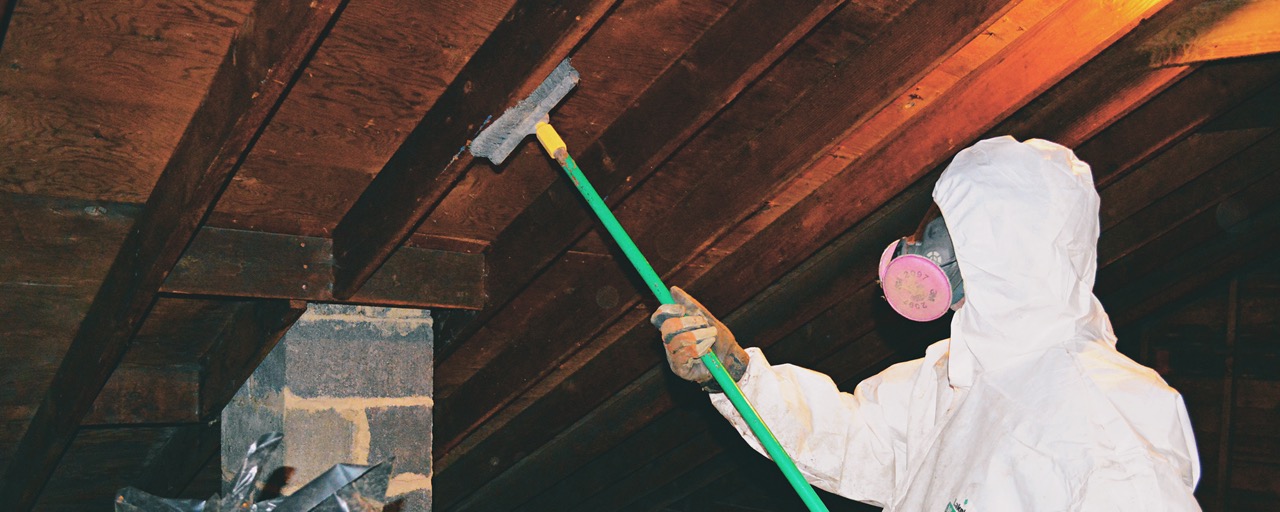
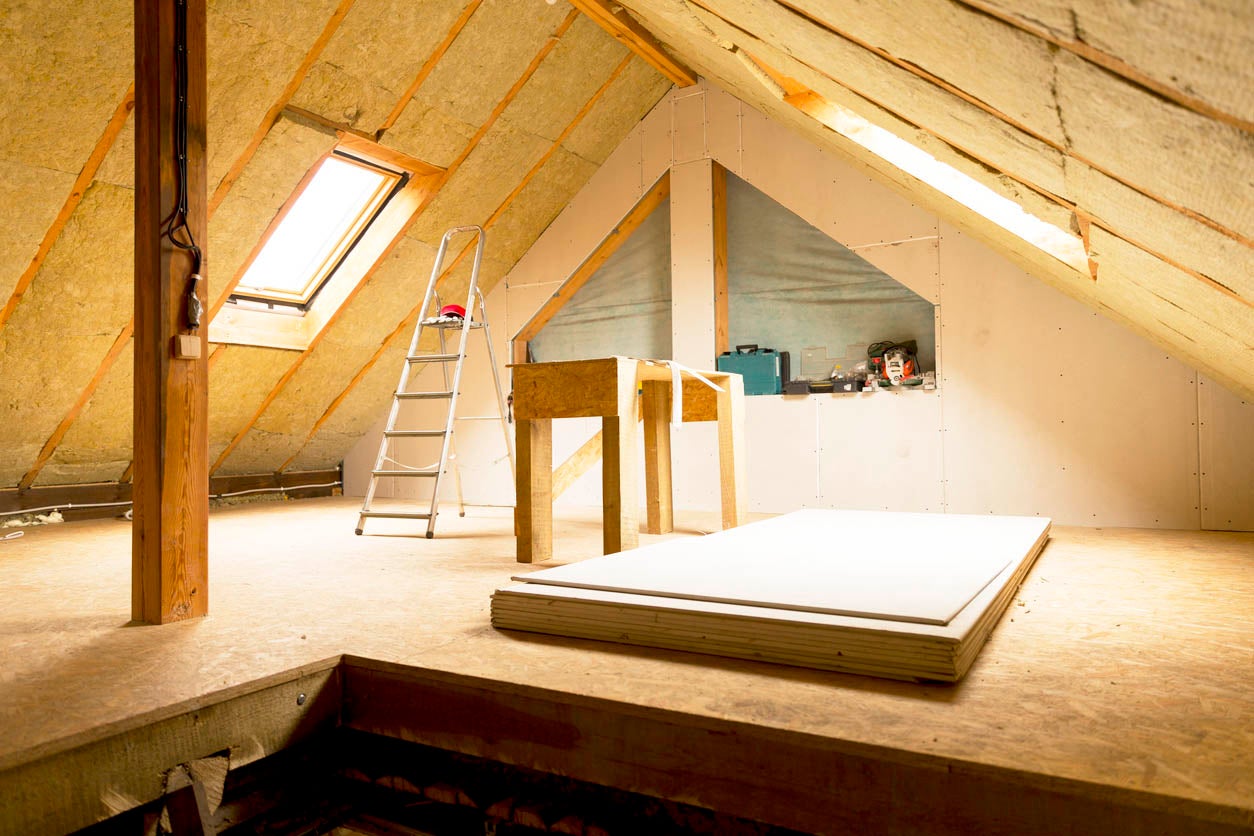
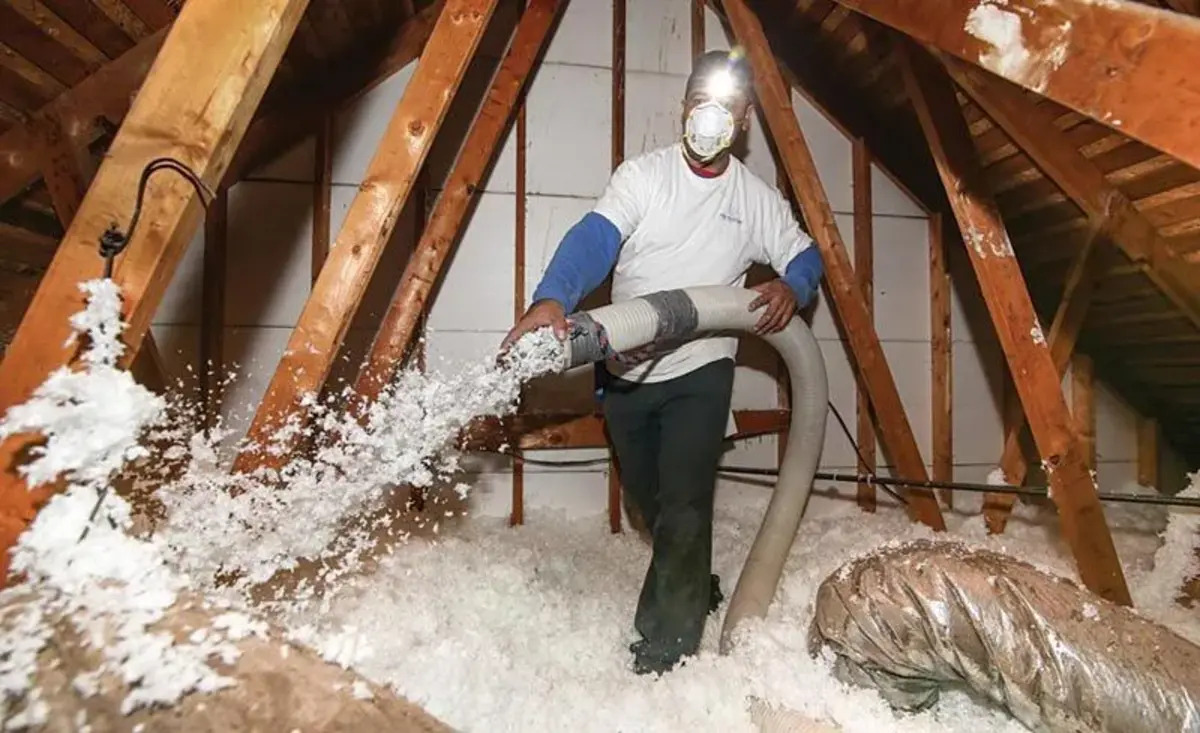
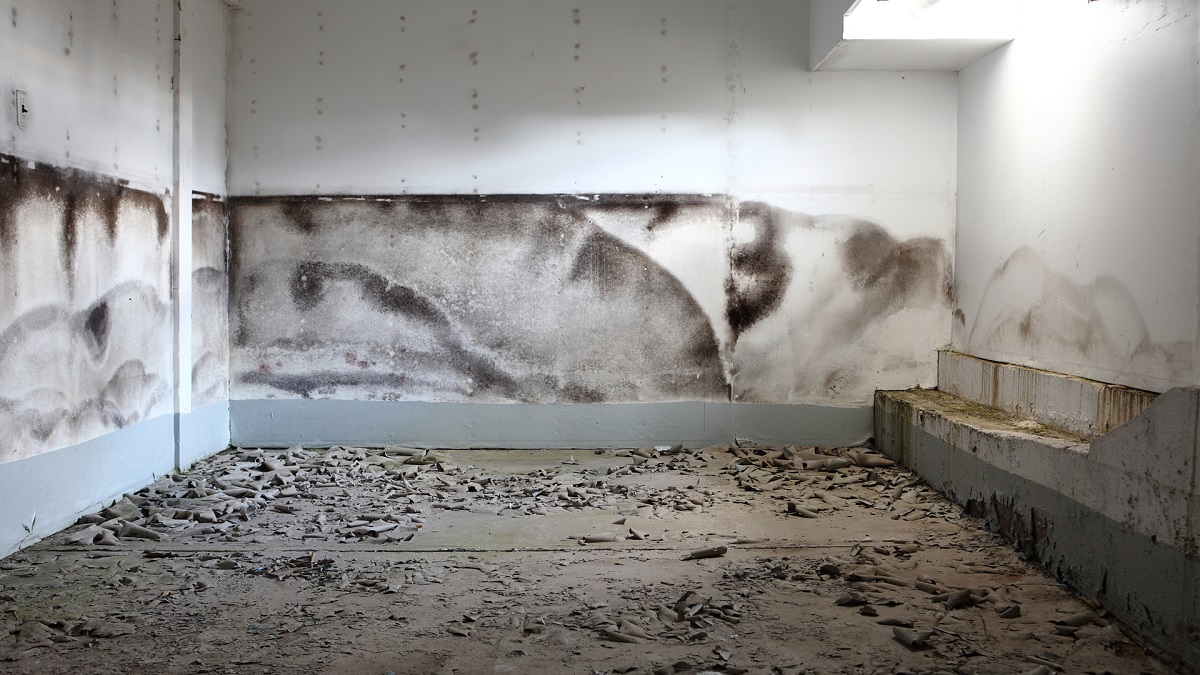
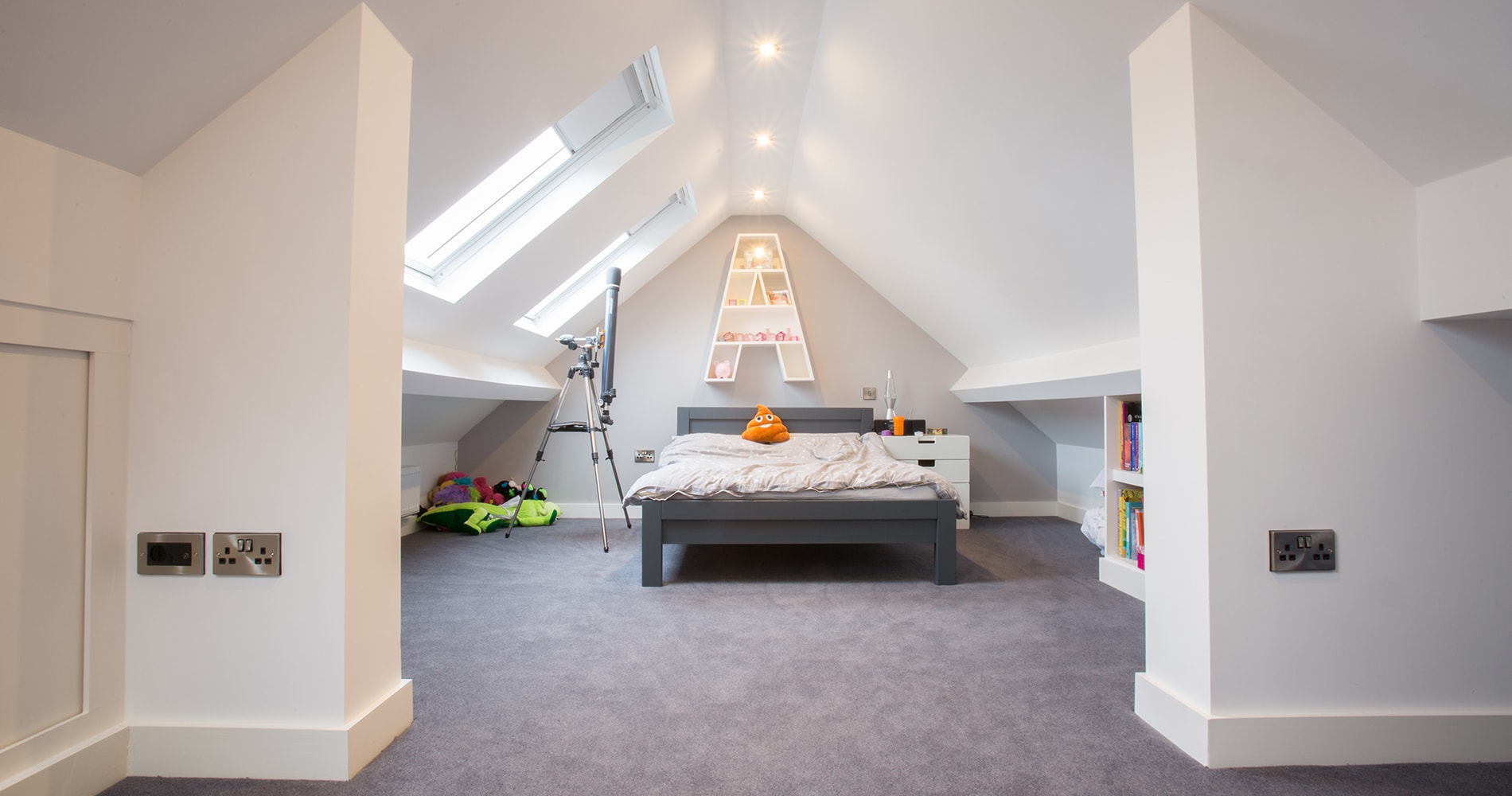
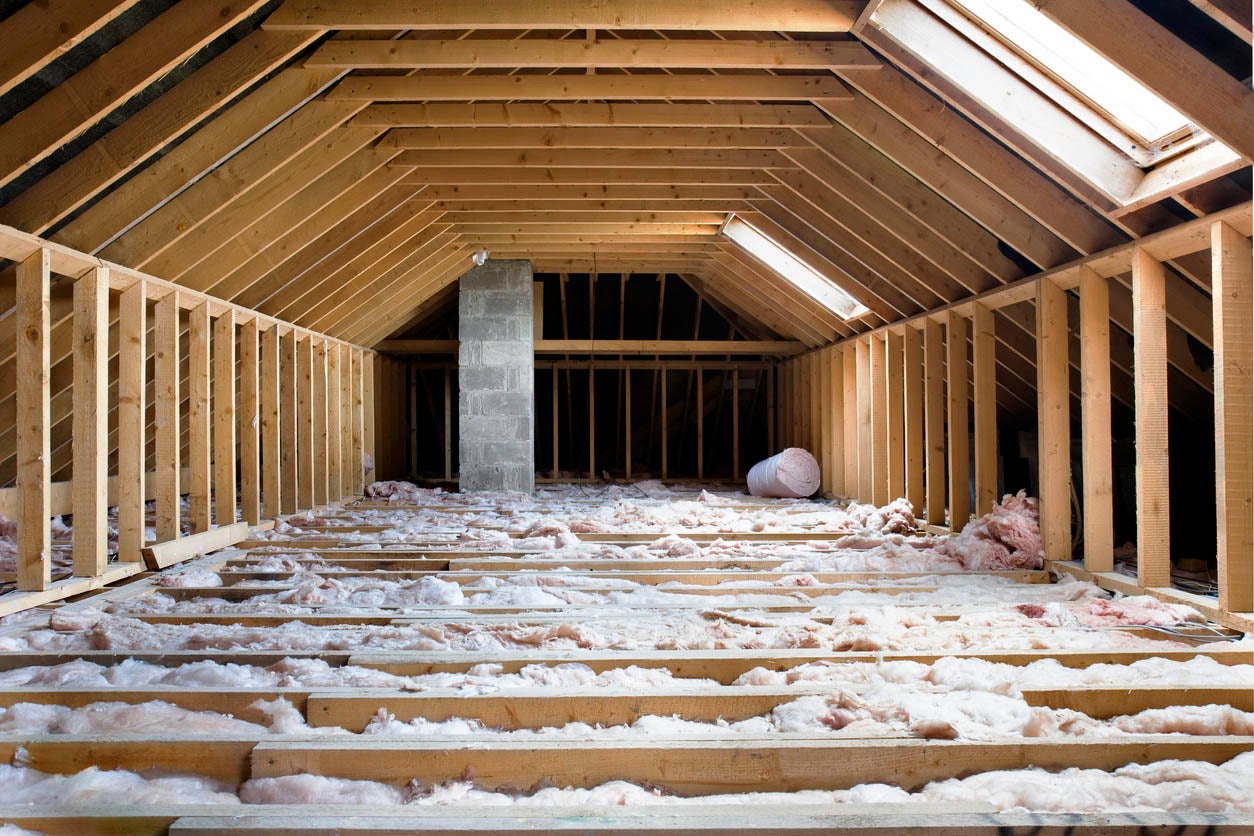
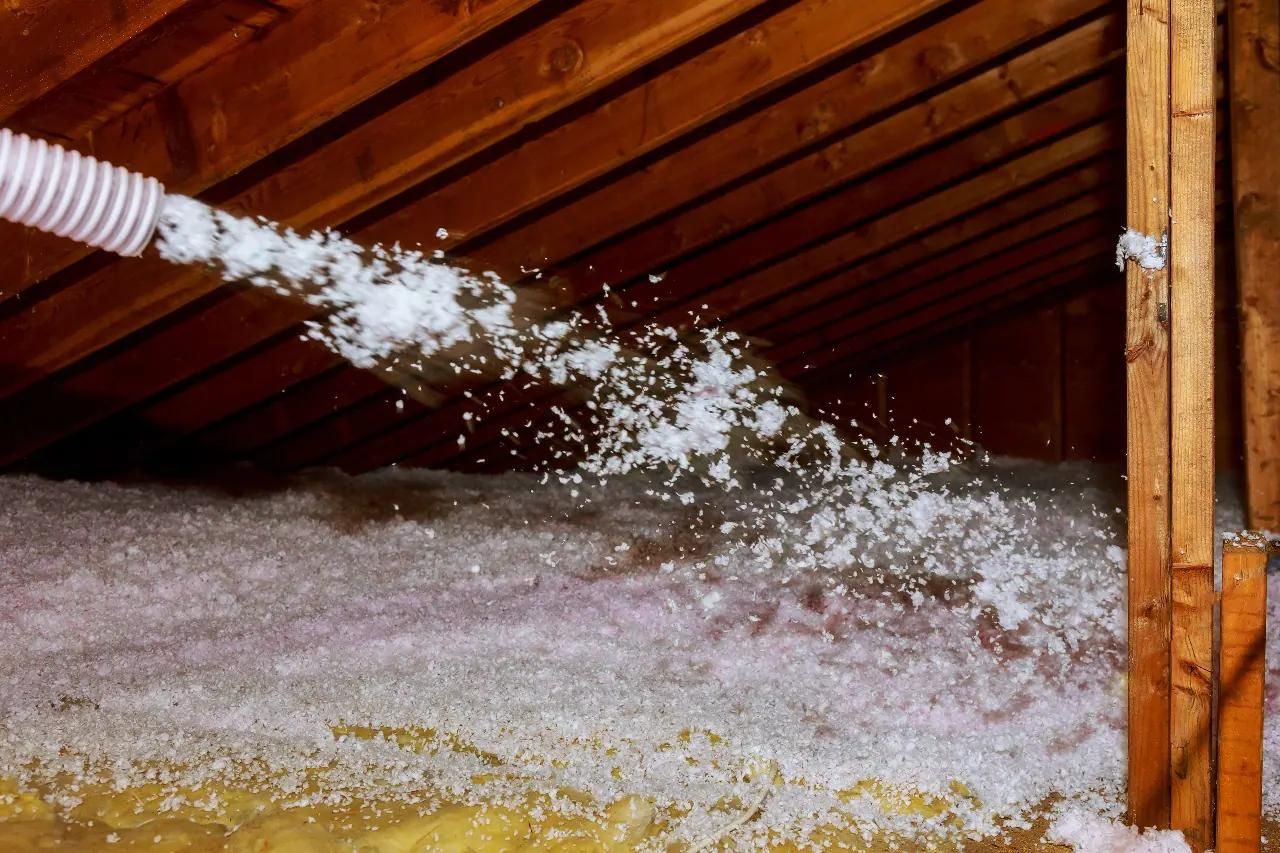

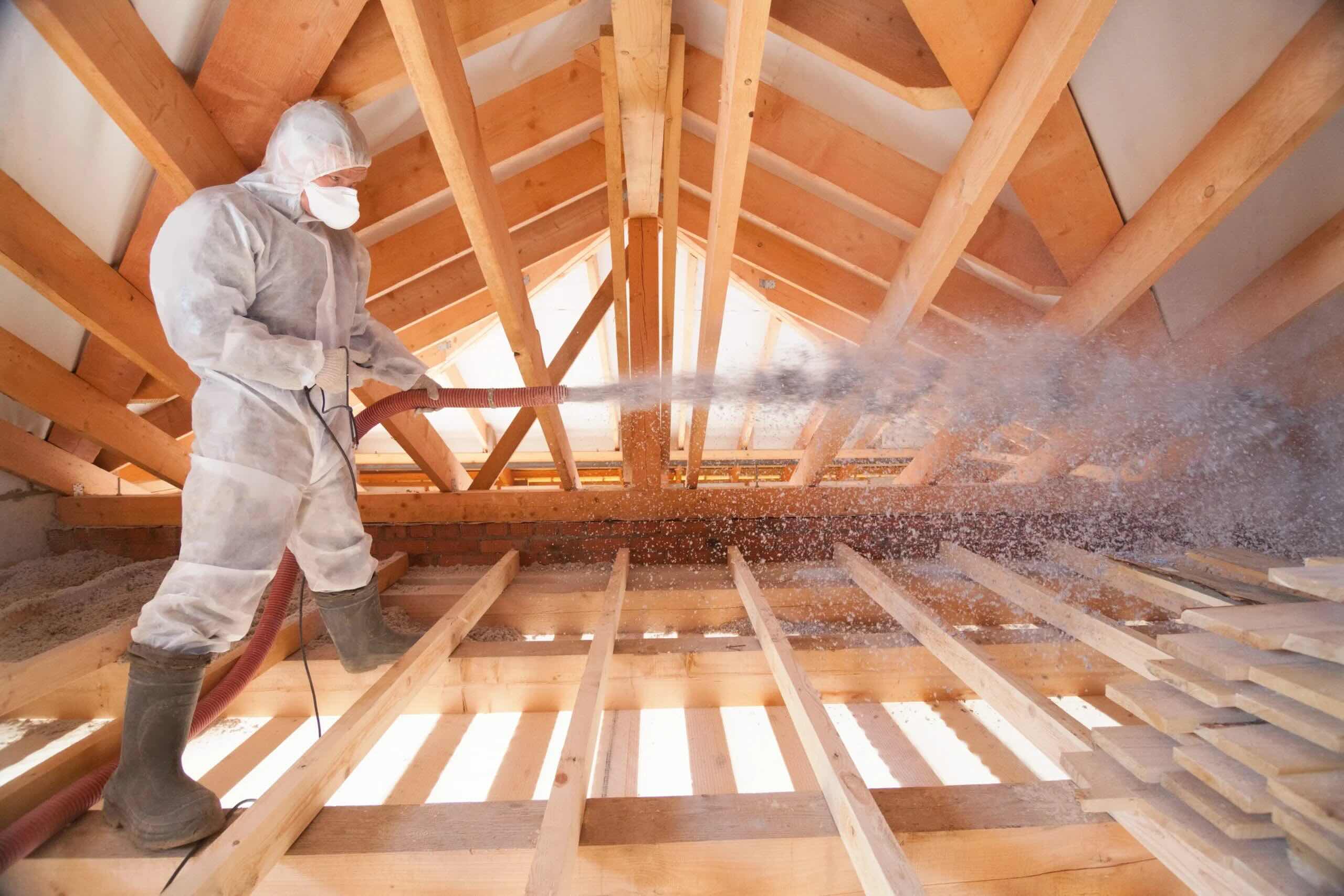
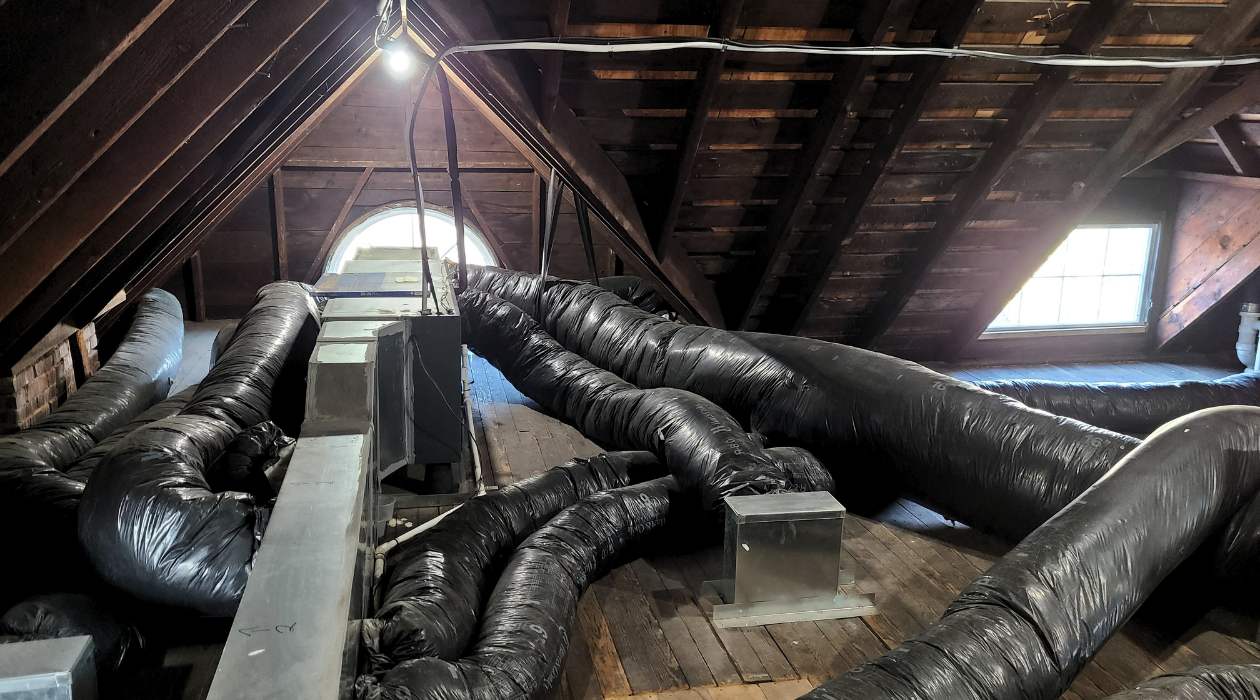
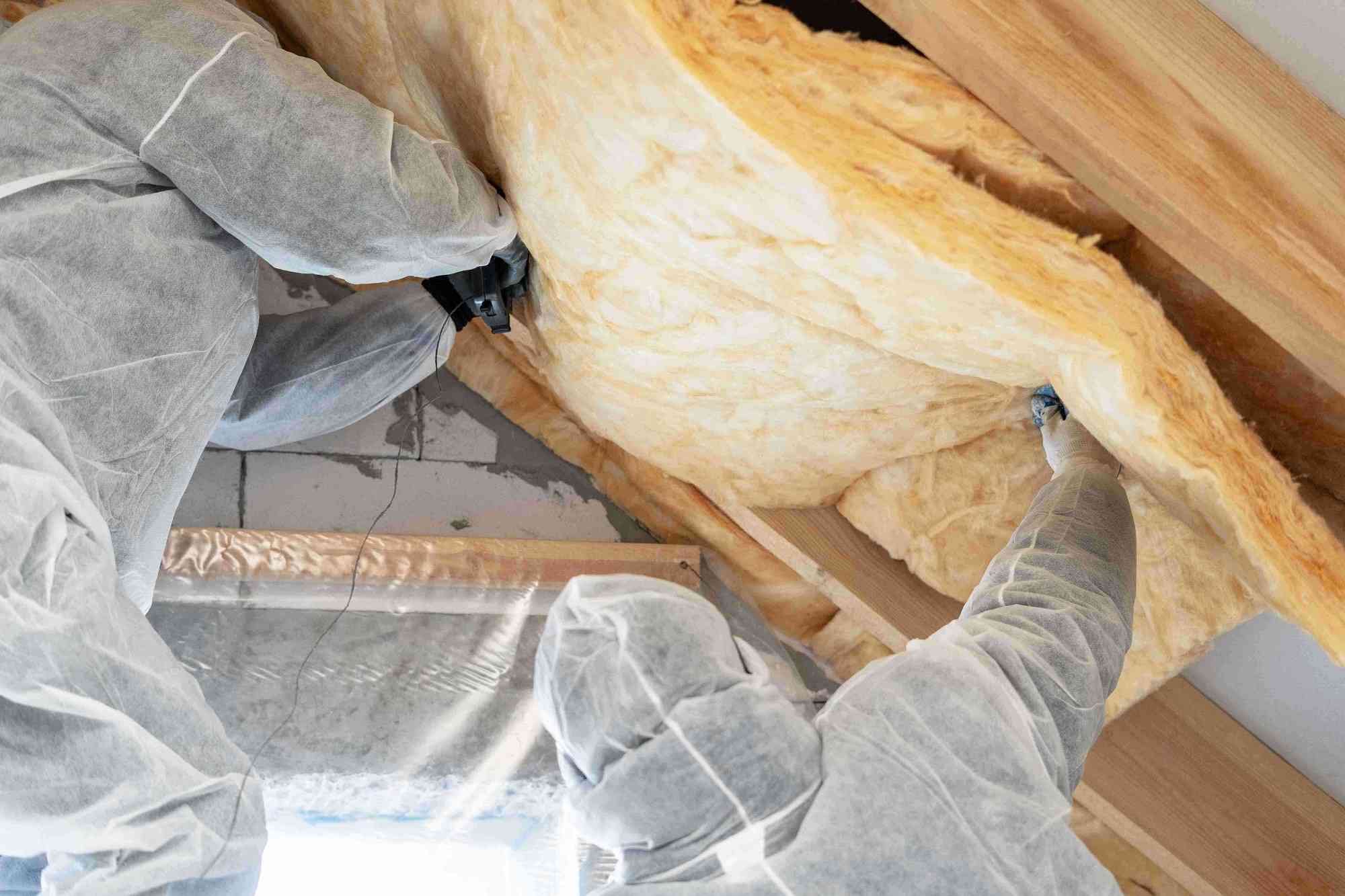

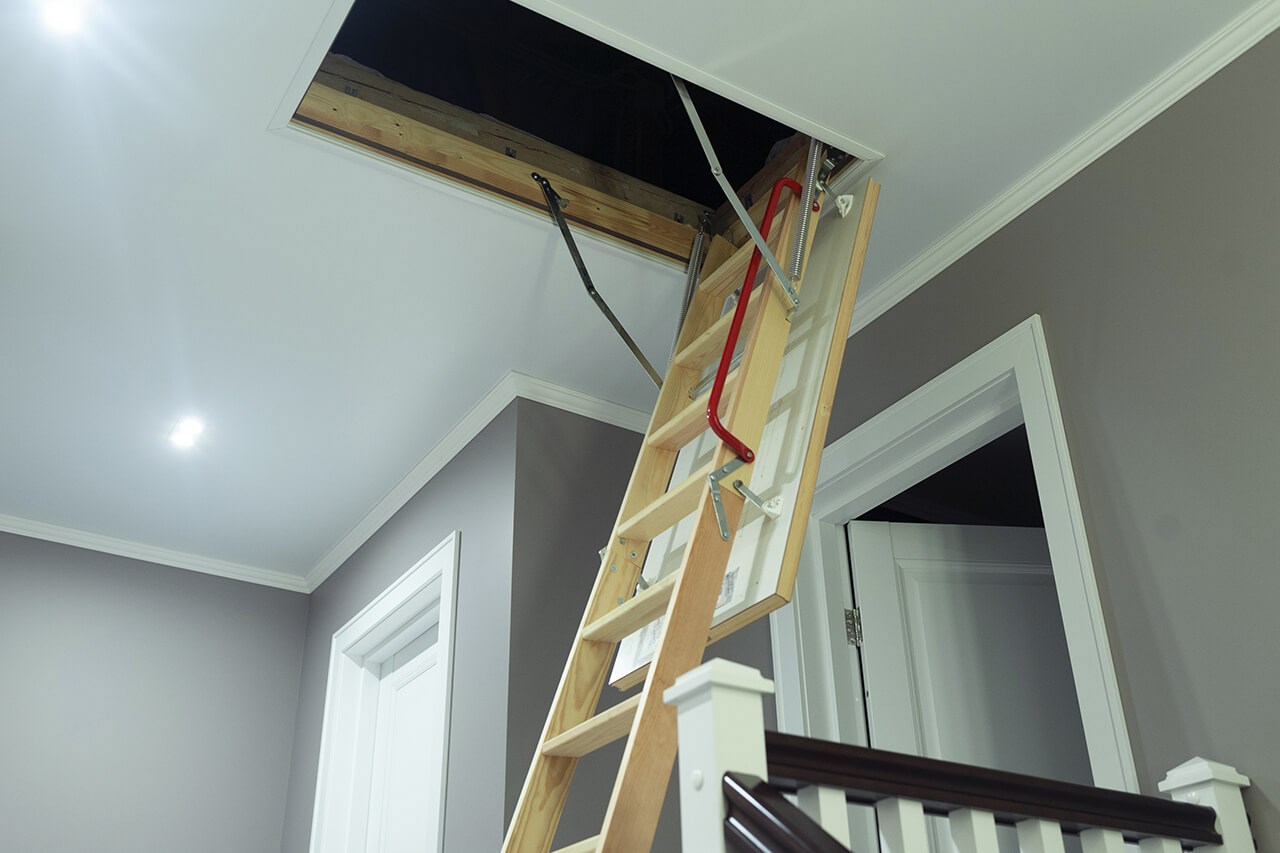

0 thoughts on “How Much Does It Cost To Remove Insulation From An Attic”